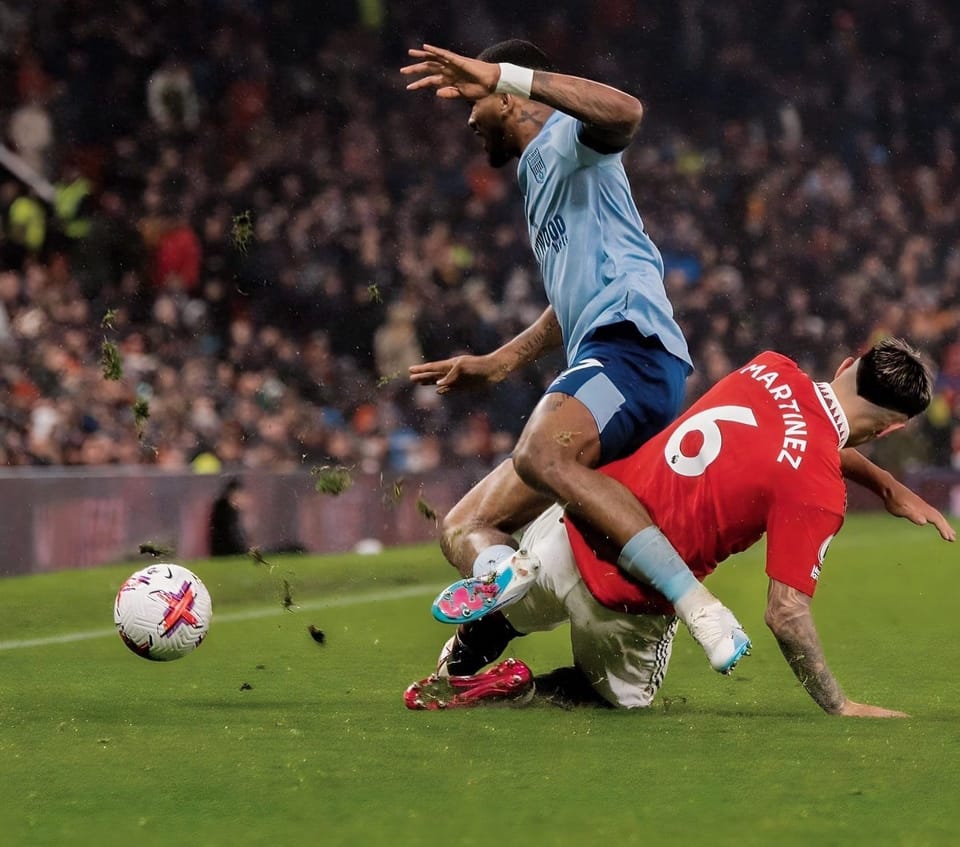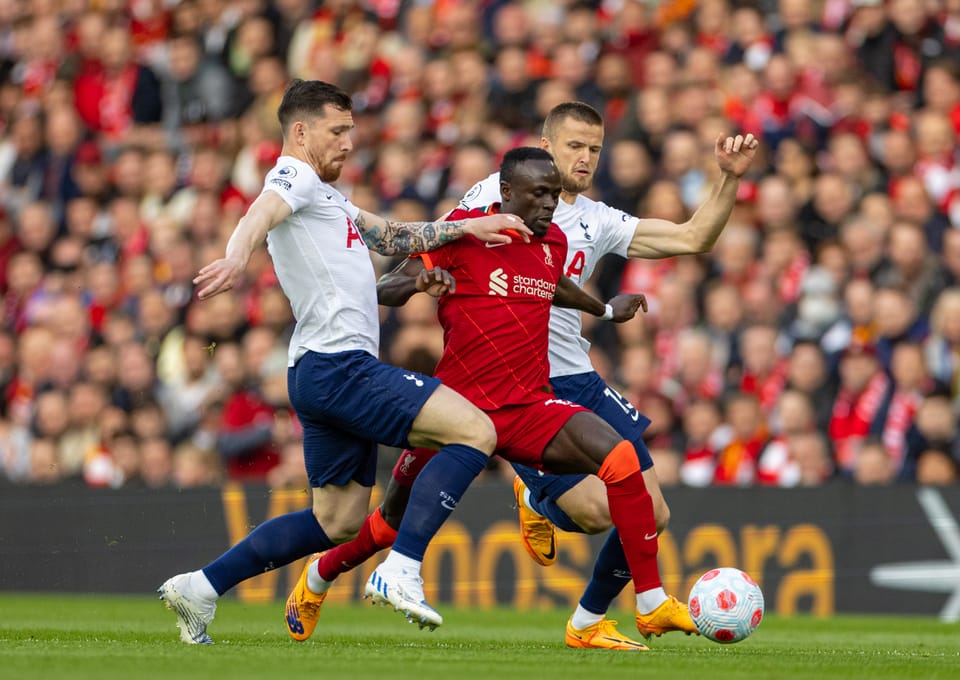Why Focusing on Strengths Leads to Better Scouting Outcomes
This essay argues that in both corporate recruitment and sports scouting, identifying and leveraging strengths is more important than flagging weaknesses.

Candidates are considered, first and foremost, off what they can offer. Not what they can't.
Whenever you pitch for a job, you allow yourself to be scrutinized by its recruiters. To deem whether you are good enough, sufficiently accomplished, the right fit, and better than other candidates.
In large corporations, the first step is a rough assessment of fit using algorithmic filtering: whether you demonstrate the qualification of job posting. After this stage, you typically undertake a series of sequential interviews that primarily assess what value you bring to the table, if any, and how replicable they are in recruiter's environment:
- Tests
- Problem-sets
- Behavioral interviews
- Integration with current employees
To your abilities are best calibrated and benchmarked, most software engineering roles will even offer these tests in your preferred programming language(s) among the job-posting's permissible options. Demanding you use another, perhaps less familiar one, would only increase the error-margin in their assessment.
Recruiters want to figure out what you can do and how well you do it. From this, they try infer whether you are competitive enough for the role and whether to advance with other checks.
If I had to estimate, >70% of the hiring process probes what you have done and/or can do – the value the bring. <30% unravels your weaknesses – areas to be monitored or coached.
Candidates are considered, first and foremost, off what they can offer. Not what they can't.
Effective scouting follows the same principle: identifying strengths and benchmarking what environment it could be replicated in is more important than flagging weaknesses.
An unordered list of justifications:
- Teams sports are inherently synergistic. Collective effort often surpasses the sum of individual contributions, allowing us to compensate individual weaknesses through the strengths of others. This dynamic means that a player's unique strengths can significantly enhance overall team performance, even if they have areas needing improvement. A scouting process that prioritizes strength identification and benchmarking returns higher potential recruits.
- A key goal in any scouting process is to return a selection of recruits who can perform the prescribed role in question. When the pool of applicants – in this case, professional athletes – is already reasonably accomplished and competitive, sieving by strengths preserves the ceiling of talent. Scouts can guarantee that selected athletes bring a sufficient degree of exceptionality to the team and better assess potential integrations and synergies.
- This principle doesn't necessitate that every trait be boxed into a strength or a weakness. It just means that, for teams looking to recruit the best possible players, the emphasis should be on identifying and maximizing their key strengths. By doing so, scouts can better match players to roles where they will excel, rather than focusing on areas where they may fall short. This strength-based approach ensures that each player’s unique abilities are fully utilized, contributing to the overall success of the team.
- Say, as prescribed by a scouting brief, we've spotted a player who thrives on runs – has pace, can get in behind the defense, and finish. Our next questions should help us understanding how dangerous these runs are and what level they can be replicated – not whether they are a proficient 1v1 dribbler.
- To assess who dangerous the runs are:
- Running form of athlete
- Comfort under contact
- Power in their strides
- Variety of runs
- Frequency of runs
- Potency against different kinds of opposition block-height
- Quality of opposition
- and so on...
- Then, we should be able to posit what level the running combination can be effective. Is it at the same level as Real Madrid's Vinicius Junior in the Champions League or at the level of a squad option in the same or weaker division?
- Only then is it reasonable to investigate how well they pass the ball.
- To assess who dangerous the runs are:
- Say, as prescribed by another scouting brief, we've spotted a player who excels at tackling, covering attackers, and closing down space. Our next questions should help us understand how impactful their defensive abilities are and at what level they can be replicated – not whether they are a proficient playmaker.
- To assess how impactful their defensive game is:
- Tackling success rate
- Intercepting ability
- Positional awareness
- Recovery speed
- Strength in duels
- Consistency against different levels of opposition
- Influence on team’s defensive solidity
- Quality of opposition faced
- and so on...
- Then, we should be able to posit the level at which their defensive game can be effective. Is it at the level of a Premier League defensive midfielder like Declan Rice, or a squad option in the same or weaker division?
- Only then is it reasonable to investigate how well they can pass.
- To assess how impactful their defensive game is:
Popular (scouting) info is that one needs to know & mention a player’s weaknesses to truly ‘understand’ their game.
— Joel A. A. (@joeladejola) June 10, 2024
I don’t think this is consistent.
Identifying strengths AND benchmarking what level/environment it could be replicated is far more important flagging weaknesses.
Archive from June 10, 2024
What Next?
If you enjoyed this, consider subscribing to BallerzBantz, following us on Twitter, and sharing this with someone.
Join us to stay ahead and contribute to this burgeoning community.
Who is the Writer?
Joel A. Adejola is an undergraduate at the University of Kansas (KU), studying Engineering and Philosophy.



